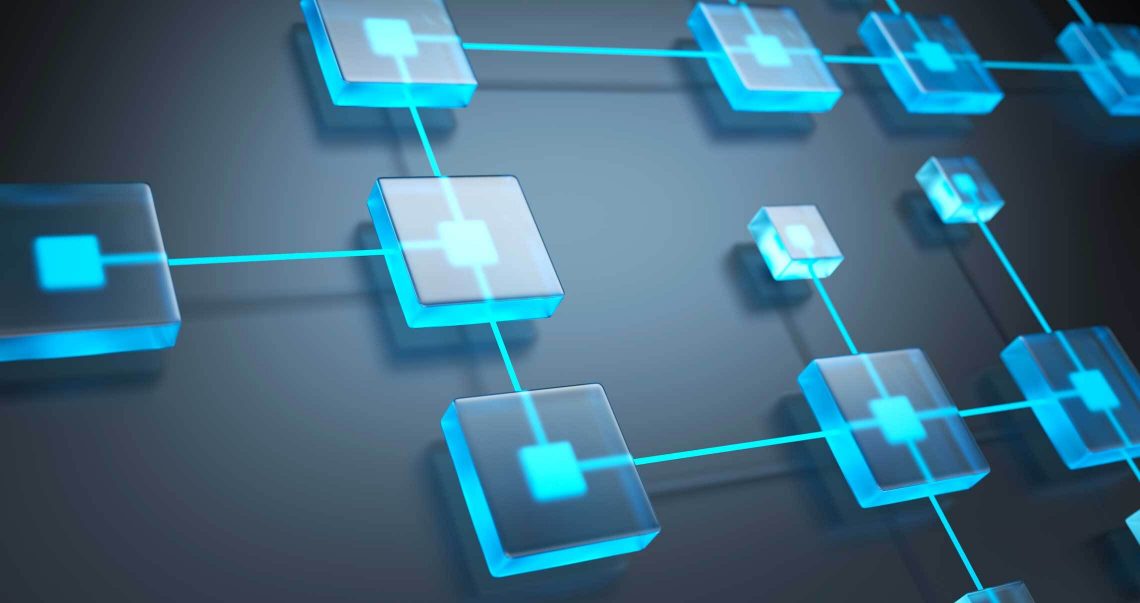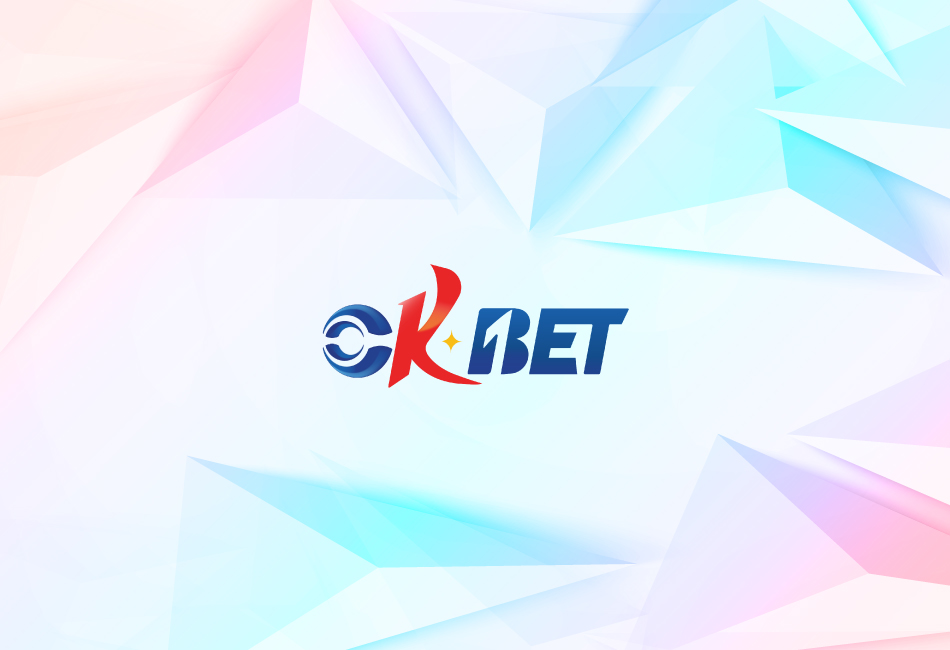
Interest in the blockchain continues to grow, the technology born in 2008 with bitcoin, whose applications are rapidly evolving towards a new version of the web, is less favorable to oligopoly and the control of big tech. Bitcoin trading is becoming more and more popular, supported by various trading apps like Bitqt.
In the context of digital transformation, it happens that blockchain technology challenges the paradigm of the dependence on the big tech oligopoly, which with social media has characterized the era of web 2.0. This, not on the basis of regulatory control stakes, but with the evolution towards the development of a new idea of the web, and therefore of economy, in which users are no longer just content generators (managed and made a profit by large companies) but become owners themselves. And this is thanks to the decentralized web, the web3.
It is the “next web revolution”!
Thanks to the blockchain, the web3 allows users to have access to their identity, attributes, and objects in the digital world: tokens and NFTs (non-fungible tokens), smart contracts, decentralized applications ( DApp), and decentralized autonomous organizations (DAO), are the enabling elements.
The tools of the web3
There is a lot of talk about NFT, especially in the art world to represent the possession of natively digital works, thanks to the extension in the virtual world of the concepts of ownership and scarcity, which are at the center of the market dynamics of artistic works: of fact, NFTs are unique interoperable digital assets, issued and transferable on the blockchain platform and offer opportunities for the creation of the web3, from a demonstration of ownership to identity management. Not only in the artistic field.
The DApps (there are 8,000 surveyed globally) for their part allows the development of distributed governance systems, which include mechanisms for proposing and voting by users on protocol changes and even on upgrading to new versions.
Another important acronym is DAO, a type of online community collectively owned by the community members themselves. Participation in a DAO is managed through the use of tokens and each holder of the related token has the opportunity to cast their vote on issues related to the DAO itself. Some might argue that whoever has more tokens can dictate the rules, but the governance of a Dao is not proportional to the number of tokens you own. It is a perspective that foreshadows more participatory forms for companies, although at this stage there is unanimous consensus on the potential for transformation there are still several question marks. What ecosystems will they develop? What are the new business models and, for public goods, governance?
The reality is that we are leaving the world of technology monopolies to enter a world in which users will move companies to the web3. And new business lines can be developed, as did Adidas, which led to the creation and public sale of an NFT ($ 23 million for 30,000 copies sold) that gives owners access to some exclusive physical products and future digital experiences. It is no coincidence that the most immediate connection is with the metaverse, a virtual world (but not too much), in which all the emerging technologies of blockchain, artificial intelligence and augmented reality converge for new interactions between people, companies, and organizations, all in a fusion of the real world and the digital world.
The ground still seems fertile. Today, consumers are increasingly oriented toward the use of tokens and cryptocurrencies. 12% of them own or have owned cryptocurrencies or tokens, a percentage that could grow in the coming years, as 17% say they are interested in buying them in the future.





